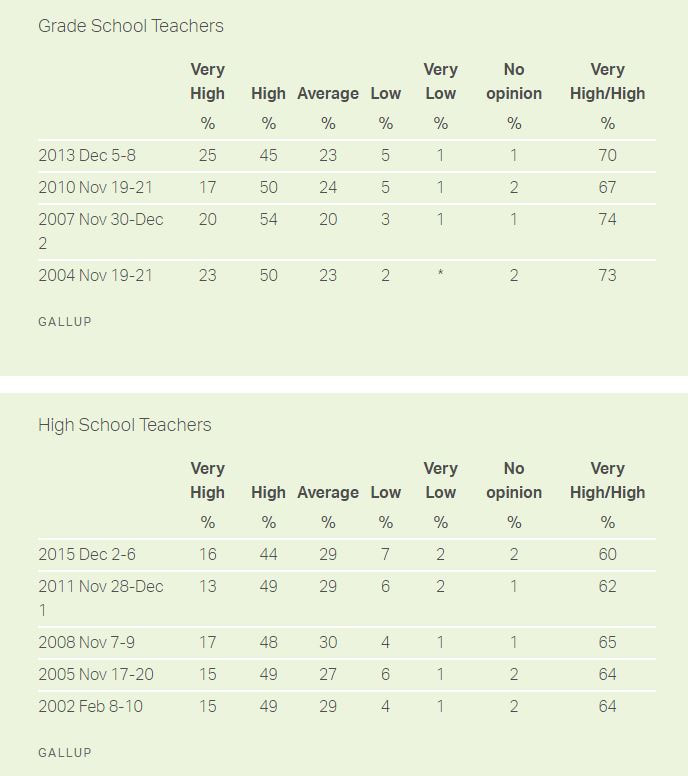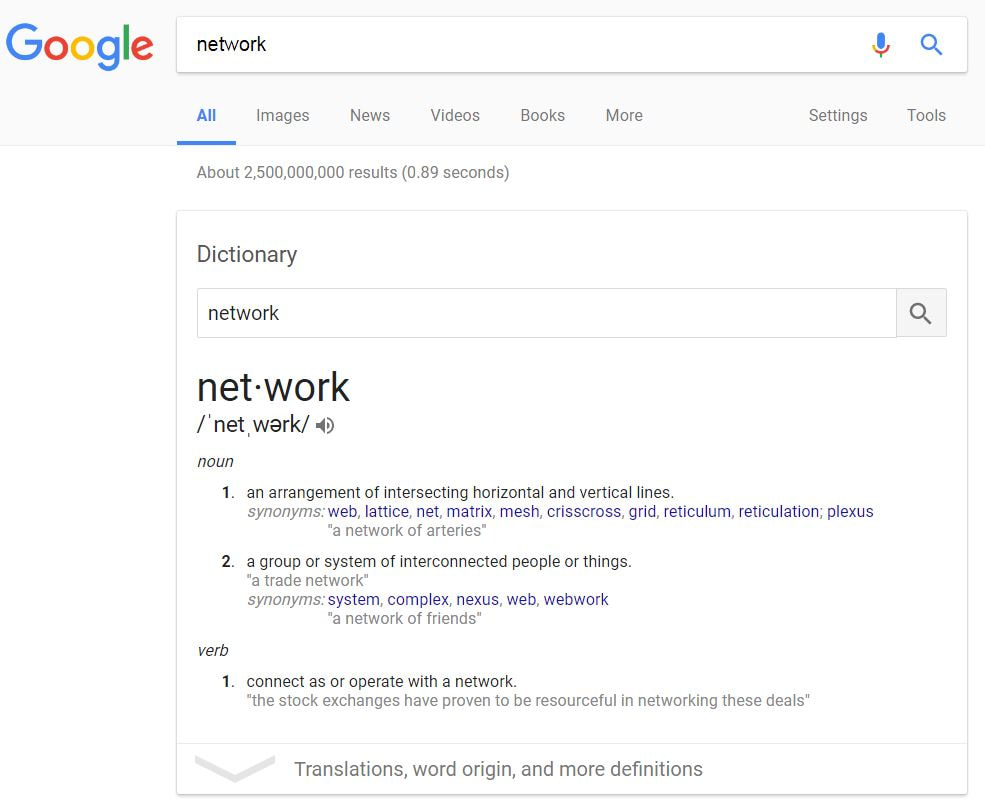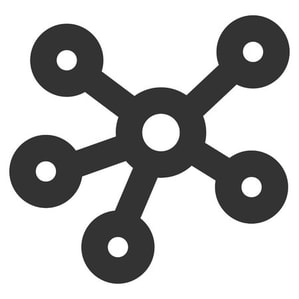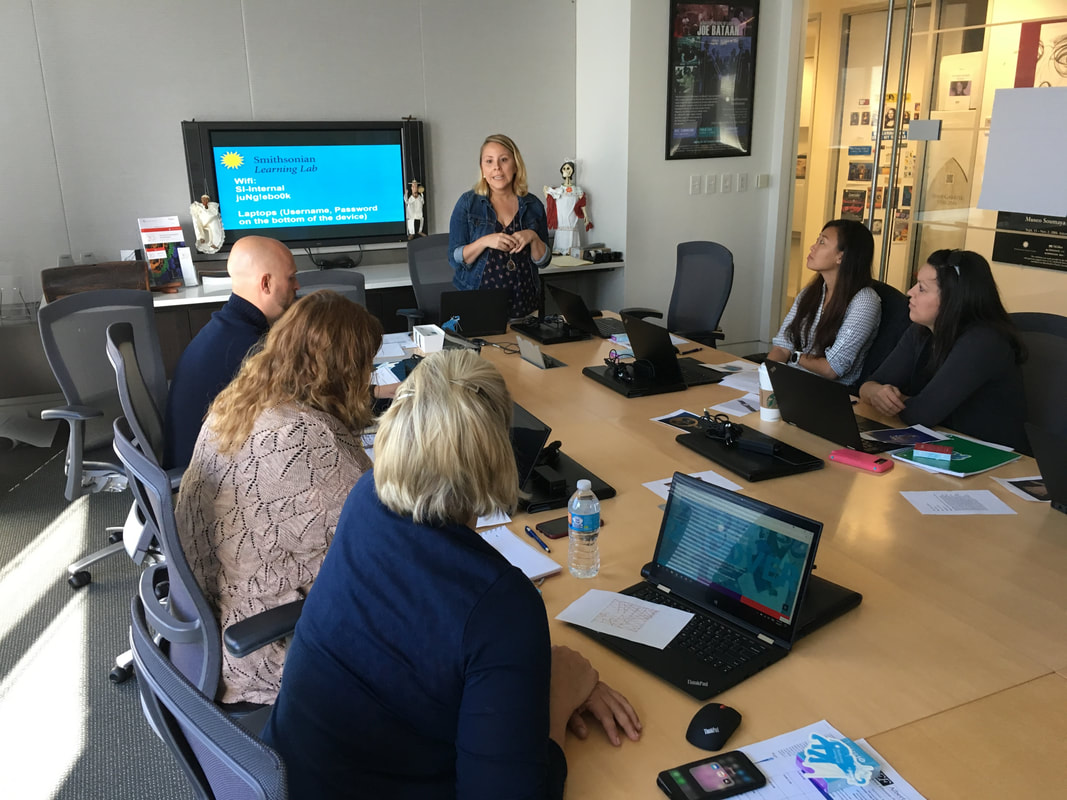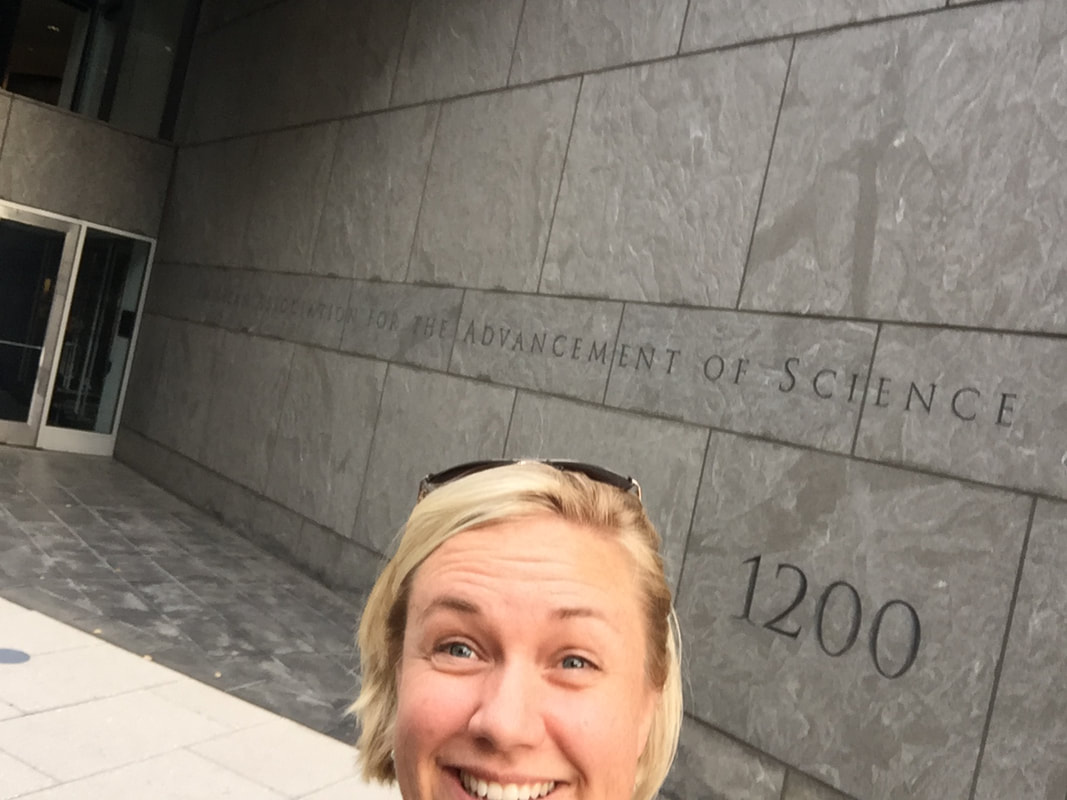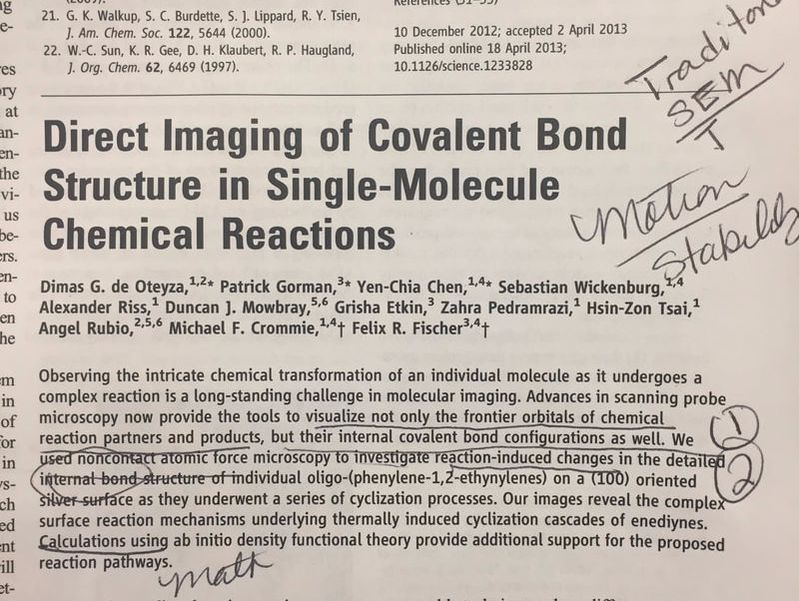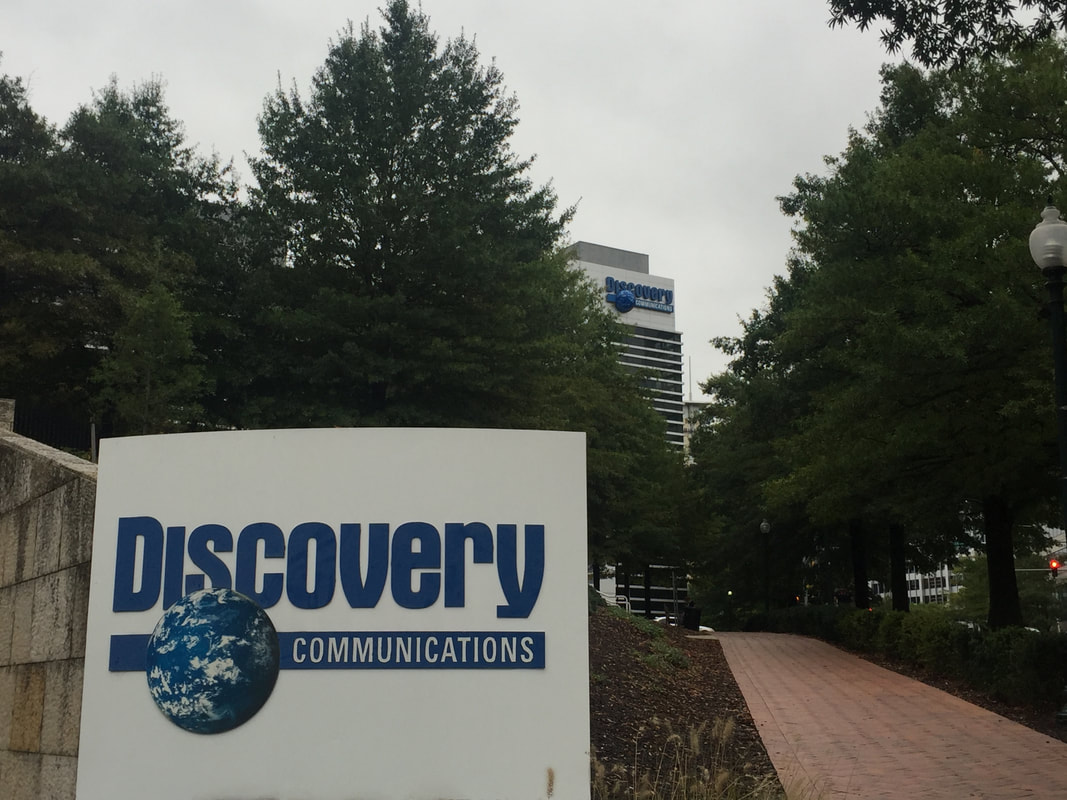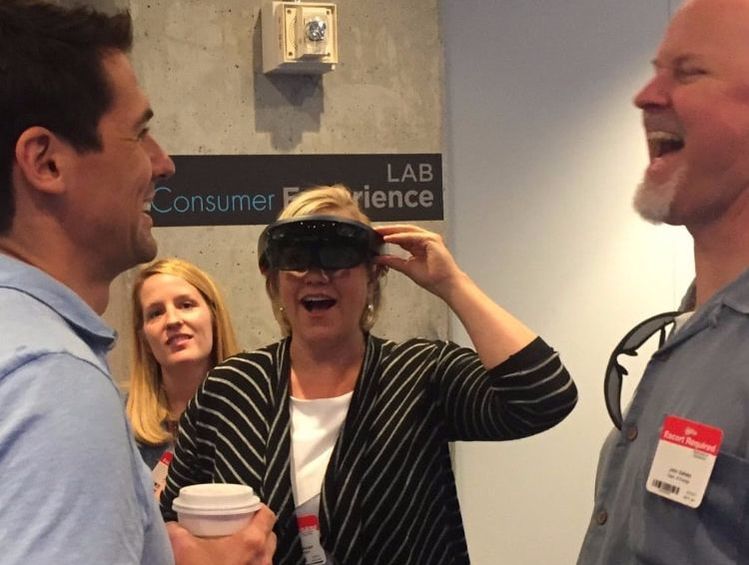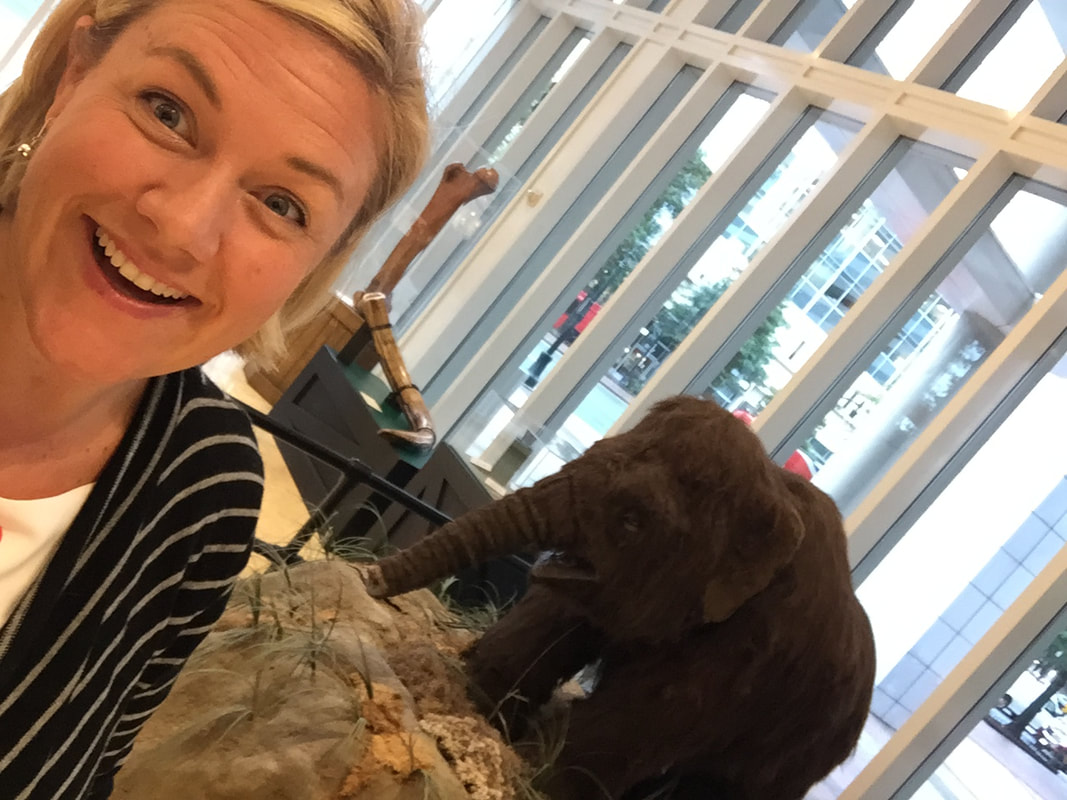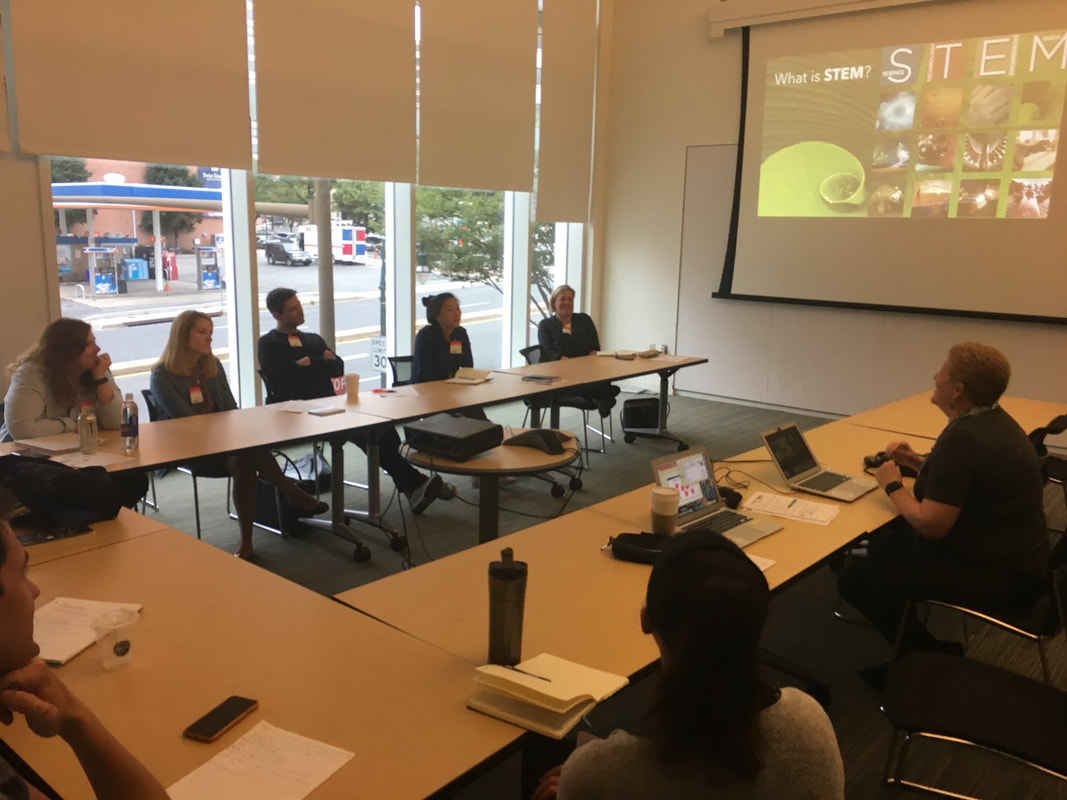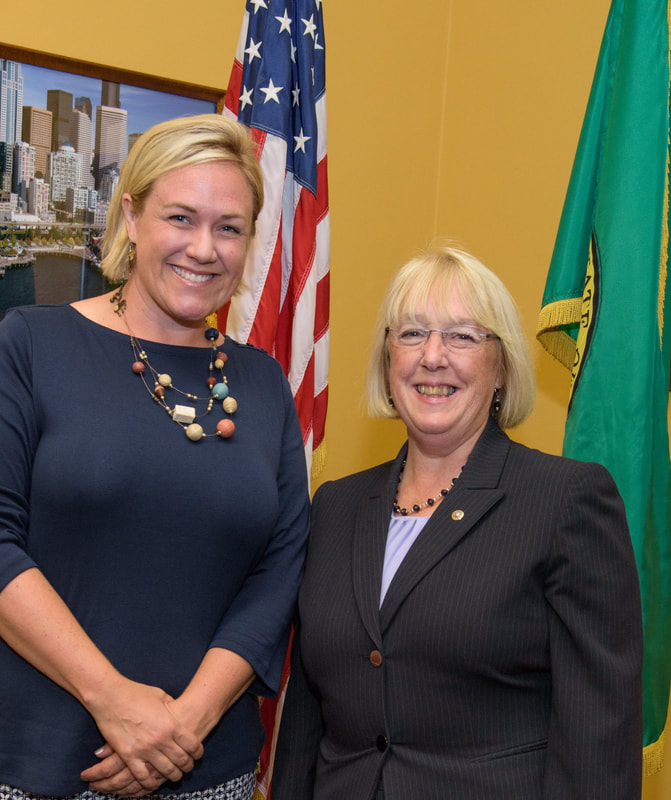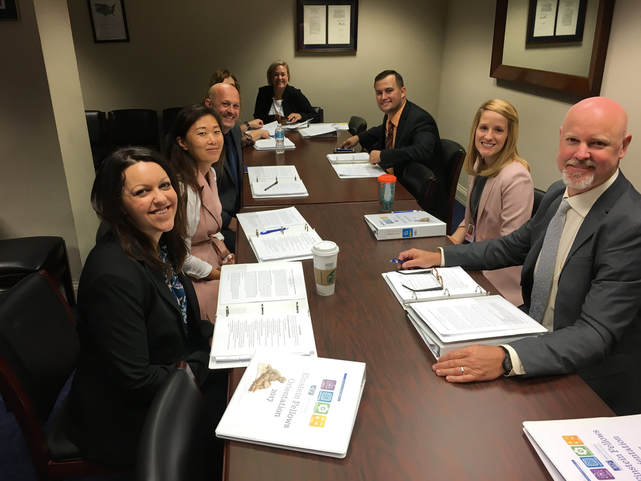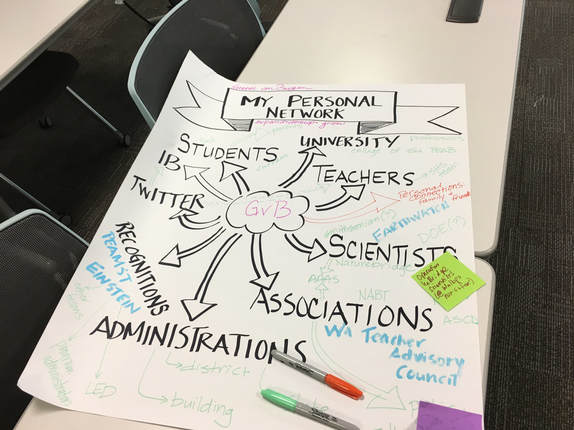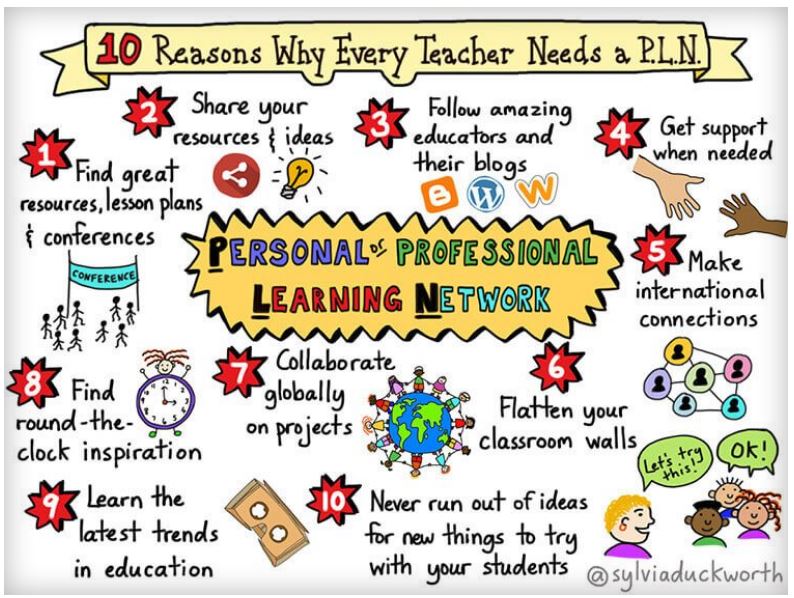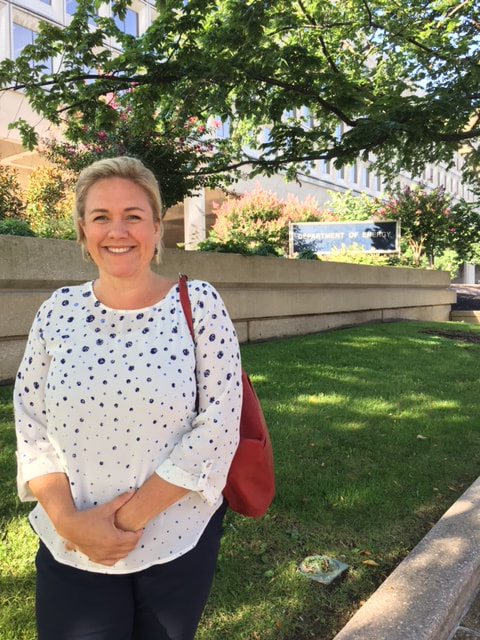"Good teaching cannot be reduced to technique; good teaching comes from the identity and integrity of the teacher." It's October, which back at my home school we consider the toughest month of the year. The novelty of the new school year has worn off and the day to day "grind" of teaching is in full effect. There are stacks of student work to assess, engaging lessons to plan, concerned parents to contact, letters of recommendation to write, staff meetings to attend and rooms full of students to teach. The Einstein Fellowship has afforded me the opportunity to actually breathe during the month of October and gifted me with the time to reflect on the joys and challenges of teaching. I've previously written that the public tends to value and support public schools and school teachers are often regarded as some of the most honest and ethical professionals. I am proud of being a school teacher and hold the work of teachers in very high regard. I agree with Dr. Richard DuFour in the book "In Praise of American Educators" who said, "Teachers need to be frequently recognized, genuinely appreciated, and respected for doing a difficult and complex job well."
I went to Google and searched up "network" and was most drawn to the definition of a network as "a group or system of interconnected people or things." I've written about the theme of "building a network" in a previous post and yesterday the Einstein Fellows met again as a group to add to our growing networks.
I am happy to have had the opportunity to add three additional organizations to my network. As an Einstein Fellow, I've had the opportunity to explore Smithsonian Learning Lab, AAAS Science in the Classroom and Discovery Education. The Smithsonian Learning Lab is a powerful platform for teachers to access more than a million digital resources from the Smithsonian collections. During our Fellowship orientation, we had the opportunity to explore the resources and curate our own collections. I built a collection to represent the Nature of Science learning statements in Topic 1 of the IB Biology curriculum. I found the platform to be user friendly and engaging and look forward to a deeper delve into the resources. AAAS Science in the Classroom curates primary research Science papers and makes them available for students. The articles can be viewed through different "Learning Lens" which facilitate the learning of the Nature of Science. Articles can be searched by keyword or found in thematic collections. It was a pleasure to spend a day learning about the resources, their alignment to the Next Generation Science Standards and chatting with other educators about classroom implementation of the resources. I will definitely be utilizing the SitC resources when I return to classroom teaching next year. Yesterday the Einstein Fellows had the opportunity to visit the Discovery Communications headquarters to learn about the STEM philosophy held by Discovery Education. Beyond Science, Technology, Engineering and Math, Discovery views STEM as a cultural attitude of "Student and Teachers Energizing Minds." As part of the #1 nonfiction media company in the world, Discovery Education is able to harness their vast collection of resources and connections to subject matter experts to offer streaming media, "techbooks", professional development, virtual field trips and so much more. I was motivated by the presenters (@stemboss and @STEMigo), especially their message of using stories to connect to students and teach content. I have always been a conscious story teller in my classes (even if sometimes students think we're going on a tangent...) as a way to build relevancy and interest about what I'm teaching. I'm intrigued with the idea of harnessing my own story as a way to grow my voice and expand influence within my networks.
Being an Einstein Fellow has afforded me the opportunity to engage in federal education policy much more deeply than I ever did as a classroom teacher. While I was familiar with laws that affected my students and myself, I was relatively disconnected from the policy realm. Being in Washington, DC has given me the opportunity to attend and learn from discussions and presentation about federal educational policy that directly influence classroom teachers in my home district and state. The first major federal K-12 public education law, the Elementary and Secondary Education Act (ESEA) was passed by President Johnson in 1965. Since that time, the law has been periodically reauthorized and has seen numerous changes, both in name and in mandates. Beginning in 1988, in order to receive federal block grant funding, states were required to include annual accountability measures (student test scores) and improvement plans. In 1994 (Improving America's Schools Act), schools began to be singled out for not making "adequate yearly progress" and in 2002 (No Child Left Behind Act) the testing requirements were significantly expanded and all teachers were required to be "highly qualified." In 2015, the ESEA was reauthorized as the Every Student Succeeds Act (ESSA). The Act passed congress with bipartisan support and actually narrows the federal government's role in public education relative to its predecessor (NCLB). While annual standardized testing is still required, the ESSA give states significantly more discretion over accountability measures, teacher quality, professional development, after-school programs and 21st Century Learning Centers. “The Every Student Succeeds Act will put an end to the one-size-fits-all mandates of No Child Left Behind. And it will end the era of state waivers. That will give teachers and parents in Washington state and across the country some much-needed certainty. Our bipartisan bill will also reduce reliance on high-stakes testing, so teachers and students can spend less time on test prep and more time on learning. I know that’s going to be a major relief for teachers and principals…” The ESSA Law is fulling going into effect during the 2017-2018 school year. States were required to submit ESSA plans to the US Department of Education by this fall. If you are curious, the state plans are all publicly available. Recently I attended a public meeting hosted by the STEM Education Coalition called "STEM in the States: Impacts of the Every Student Succeeds Act." At this event, a three group panel presented information related to how the changes in ESSA might impact STEM education.
EducationFirst aided multiple states in writing their ESSA plans. The following trends were noted:
The Afterschool Alliance described the high demand for STEM in after-school enrichment programs. Roughly 7 million kids benefit from after school and/or summer STEM programs, which excite interest, teach STEM skills and allow students to identify and value STEM in their lives. Battelle shared a case study of the impact of STEM focus in a school and their work to share effect STEM education work via states in their STEMx program. A question-answer session followed the panel presentations, with the following take-aways:
While the questions remain, there is no doubt that the education stakeholders will be advocating for what they believe to be best for kids, teachers and our nation's future. Probably the question I have been asked most frequently is, "so, what will you be doing as an Einstein fellow?" Coming into the fellowship, I could really only reference the description available from the program website: Fellows spend eleven months working in Federal agencies or in U.S. Congressional offices, applying their extensive knowledge and classroom experiences to national education program and/or education policy efforts. At the end of the Fellowship, educators are prepared to return home, equipped with access to a national network of education leaders and programs, a better understanding of the challenges and possibilities in STEM education, and a renewed passion for teaching, ready to make significant contributions to their schools and school districts. OK, so what does that description actually look like in practice? The answer is, it depends on the fellow, the office in which they are placed, and the time of year. There are twelve Einsteins in the 2017-2018 cohort and each of our experiences in Washington, DC will differ greatly. Five of the current Einstein Fellows are placed in congressional offices, working as part of the team supporting the representative. The Einstein Fellows are often responsible for education related issues and bills, but not necessarily exclusively. The Fellow might also work on other issues, meet with constituents or network with staffers from other offices. Two Einstein Fellows are sponsored by NASA, involved with education programs and outreach for the Aeronautics Research Mission Directorate and at the Goddard Space Flight Center. There are four Fellows at the National Science Foundation, working across directorates to broaden participation in STEM programs. This year, I am the only fellow placed in the Office of Science at the Department of Energy. I am in a group focused on Workforce Development for Teachers and Scientists (WDTS). The WDTS program is committed to developing and supporting a pipeline of future STEM professionals and funds STEM education programs spanning from middle school to graduate student research. As a Fellow, I will be reviewing and updating K-12 STEM resources, tracking and reporting on STEM education studies and policy movements, exploring resources available at the Office of Science National Laboratories, and supporting the DOE National Science Bowl competition. I will also be focusing on my own professional development goals. Ultimately, I hope to learn as much as possible so that I can return to school next year with a greater understanding of the national STEM education programs, issues and strengths and continue work tirelessly to motivate and encourage my students to pursue higher education and professional opportunities in education or STEM fields. Are you a STEM educator Interested in becoming an Einstein Fellow? Applications are now open and available here. Applications are due November 16th, so act quick!
The Einstein Fellows meet once a month for a full day professional development session. Our September gathering focused on recognizing and growing our professional networks. We drafted maps of our networks and then added comments and suggestions on the each others work. Many of the Fellows have no intention of returning to classroom teaching after the fellowship year, so I can see the value of networking; making and maintaining connections that might lead to a new employment opportunity. However, I plan on returning to classroom teaching next school year. As a result, I began to wonder about how my personal network matters as an educational professional and for the benefit of student learning. Not surprisingly, the internet provides a lovely visual graphic outlining the benefit of a network for teachers: Given the reason that many teachers leave careers in education is because they do not feel supported or respected as a professional (see my Keep Our Teachers post), I think teacher-to-teacher networks offer a glimmer of promise. Teachers who find ways to connect, commiserate and share experiences can support each other through the challenges of careers in teaching. This is #4 in the graphic above; get support when needed. At Skyline, we have Critical Friends Groups (CFG) which serve this function. While membership in a CFG might not benefit every teacher all the time, I have found that the groups I have been a member of and/or coached in the past have been effective sounding boards for the joys and frustrations of working in schools.
You'll see I've included Twitter on my personal network map. Sounds crazy, right? But actually, it's through Twitter that I've been able to make connections an find inspiration that directly impact my students and my instruction. Using #ibbio I've been able to find great resources (#1), share my resources and ideas (#2), follow amazing educators (#3) and make international connections (#5). For a long time I was the only person in my school district to be teaching IB Biology (that has since changed), so connecting with other IB Biology teachers through Twitter was a way for me to collaborate. I encourage others to be willing to support other teachers by virtually sharing materials or asking for assistance. You'll find me at @vb_ibbio. Beyond Twitter, I am building my virtual network by creating my LinkedIn page. Through LinkedIn I hope to be able to maintain connections with my former students and build connections with scientists willing to engage in secondary STEM education. As one of the other fellows stated at our professional development gathering, "networking" kind of has a negative connotation to it, as if one person is using another for an individual benefit. "What can this person do for me?" "How can I connect to so-and-so for my own better good?" Yuck. I feel uncomfortable with this intention behind networking. Perhaps because I am confident that my future will see me back in the classroom I know and love, I can view networking a little differently. Those in my network are not my personal stepping stones. I am not using others to get myself further along a path, I am building my network so that everyone in it can "go far with others". |
Archives
July 2018
|
I give many of my IB Biology resources away, for the benefit of students and teachers around the world.
If you've found the materials helpful, please consider making a contribution of any amount
to this Earthwatch Expedition Fund.
Did I forget something? Know of a mistake? Have a suggestion? Let me know by emailing me here.
Before using any of the files available on this site,
please familiarize yourself with the Creative Commons Attribution License.
It prohibits the use of any material on this site for commercial purposes of any kind.
If you've found the materials helpful, please consider making a contribution of any amount
to this Earthwatch Expedition Fund.
Did I forget something? Know of a mistake? Have a suggestion? Let me know by emailing me here.
Before using any of the files available on this site,
please familiarize yourself with the Creative Commons Attribution License.
It prohibits the use of any material on this site for commercial purposes of any kind.
